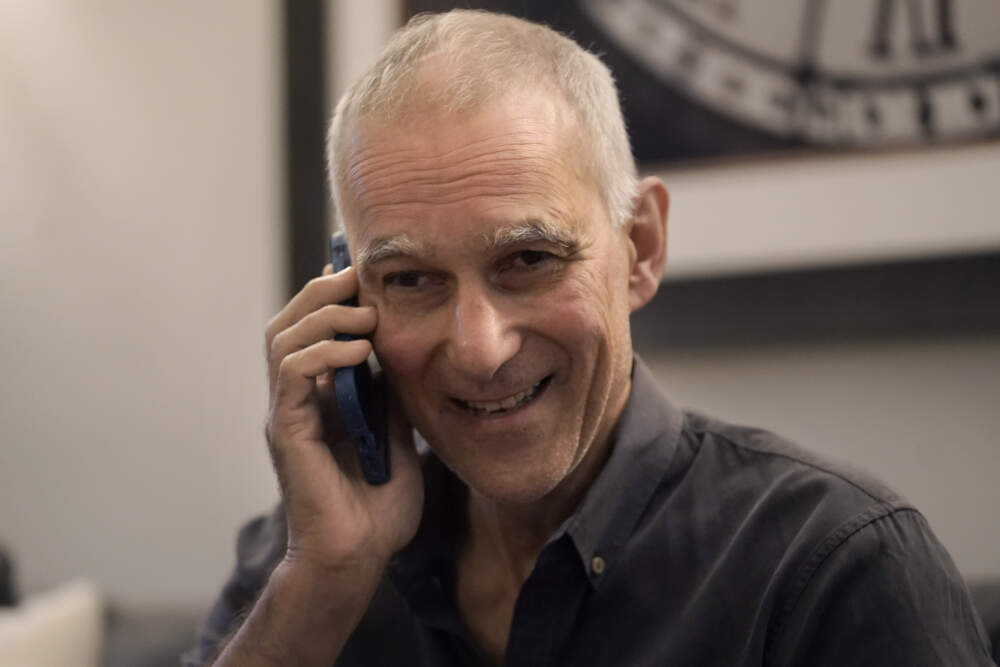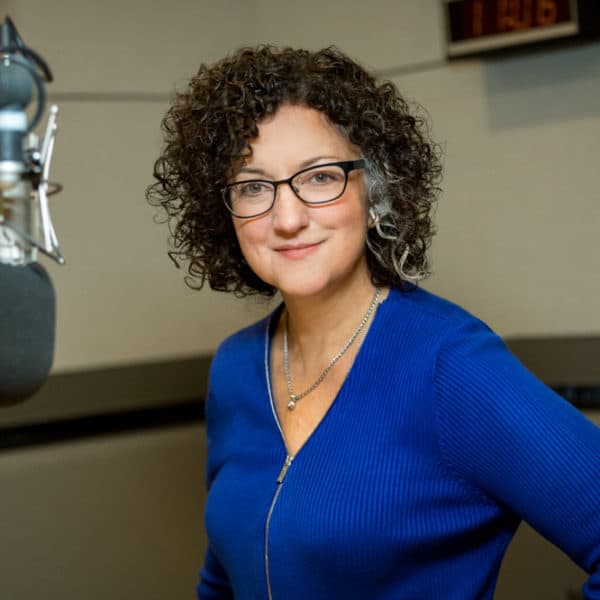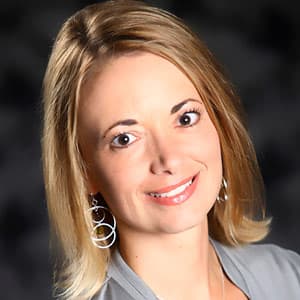Advertisement
MIT professor shares 2023 Nobel Prize in chemistry
Resume
An MIT professor is celebrating a huge award for his discoveries surrounding teeny, tiny particles that are used in electronics, solar energy technology and medicine.
Prof. Moungi Bawendi, the Lester Wolfe professor of chemistry at MIT, won the Nobel Prize in chemistry Wednesday. The nanoparticles he helped develop are called quantum dots.
Bawendi is sharing the Nobel with Louis Brus of Columbia University and Alexei Ekimov from New York-based Nanocrystals Technology, Inc.
When asked if he was surprised that he was one of the winners, Bawendi expressed humility.
"The reality is that, you know, it's a community," he told WBUR's All Things Considered host Lisa Mullins. "It could have been awarded to many other people. So, I mean, there's a list that's long."
Bawendi's formal study of chemistry began long ago as an undergraduate student at Harvard University, and it didn't start easily. He scored a 20% on his first chemistry exam — for two reasons, he said.
"One, I didn't study enough — I didn't know how to study. And the second is, it was my first exam in university and I froze," he recalled. "I did okay after that. That first experience was quite something."
Interview Highlights
On the definition of "quantum dots":
"They're really, really tiny pieces of semiconductors that have properties that are in between those of molecules and what you might have in your computer as a bulk piece of silicone. And these new properties is what gives rise to the excitement that we have today with the material."
On how making them so small and uniform has allowed for more applications:
"Right now, it's really the TV screens. You can tune properties in a way that you can't do with just bulk materials, with simply changing their size a little bit or changing their composition a little bit. So it gives you knobs to turn that you wouldn't have otherwise. And when you're able to do that, suddenly, you know, you can think of applications that are possible that you might not have thought of before.
"They emit light when you shine blue light on them — they emit light of different colors, depending on their size. The first commercial application was as markers for cells. They're small enough that you can use them to bind to different parts of cells or to [do] in vivo imaging and research to learn about biology."
On what he says to his students about progress and failure in their research:
"It's a lot of hard work, a lot of perseverance, and sometimes, you know, you'll work for a few years without seeing any results at all. And then the results come maybe just in a few weeks, and suddenly it happens. So, you know, believing in the end point and just, you know, when things don't work, learning how to solve problems and go maybe a little slightly different direction."
This segment aired on October 4, 2023.

